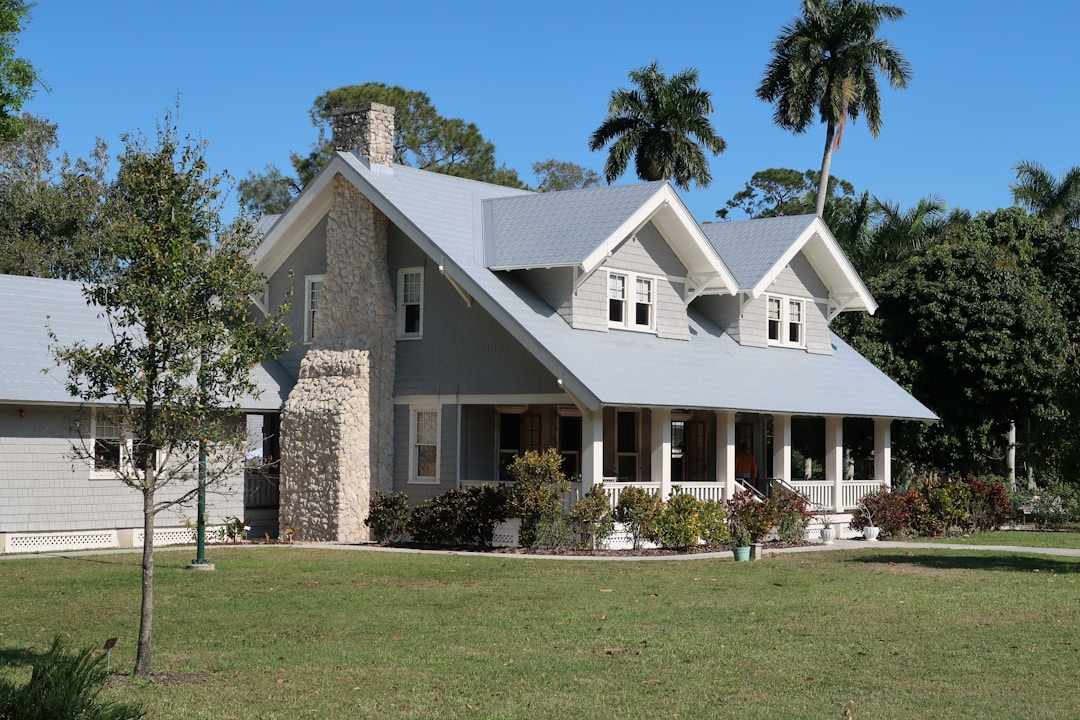You’ve probably seen one or two TV shows about friends, brothers, or couples who take rundown older homes and try and make them new again. This process of fixing and flipping houses may seem easy on camera, but there are plenty of steps you need to take before you can actually have that new home hit the market. If you feel you’re up for the challenge, just be sure to keep these tips in mind.
1. Make sure you have proper financing.

Just like any project, you want to make sure that you have the funding that you need in place. Be sure to consider the loan options that are available to purchase this home in need of rehab, as well as all of the amenities and touches you need to make this unique when putting it up for sale. Let’s say you’ve found a home to fix in Spokane or Tacoma, you’ll want to look into fix and flip loans in Washington State.
A fix and flip loan is designed to help real estate investors purchase properties at a discounted price. This allows them to fix up the property to meet the standards of a rehab loan, or renovate their acquisition with the goal of selling it for a profit. The goal for any flipper purchasing through a realtor is finding the lowest price possible, leaving more money financially to take care of the inner workings of the house and its curb appeal. Be sure when taking a walkthrough of a potential home to flip to take into account all repairs to get the best assessment of the overall cost.
2. Create a timeline for the project.

Planning out a flip project is not only an investment of real estate loans but an investment in time. It can take months just to find your investment opportunity. Once you own the house, you’ll need to invest time to spruce it up. It’s important to factor in the timing for demolition and construction of a residential property. You’ll want to be wary as an investor of the hours that you can operate. You want to get this done during the daytime to avoid waking up others in the neighborhood or impacting their good night’s sleep.
Take into account repair services in conjunction with the repayment schedule on your loans, making the best decision for home improvement and your bank account simultaneously. Be sure to consider the time it takes to clear away paperwork for the real estate filings, as well as permits for these home renovations. You’ll also want to make sure that as you make repairs, you’re doing so procedurally. After all, you don’t want a crew to come into a home without electricity, unable to get any jobs done.
3. Assess your skills every step of the way.

There’s a lot of money that can go into a flip project, but it’s important to make sure that money is going where it needs to go. Oftentimes, real estate investors will team up with contractors who have a scope of knowledge on how to handle repairs from roofing to plumbing. However, there will be situations that arise that are outside the abilities of even the most qualified handyman. Be sure to budget those specialty fixes.
For example, if you need to repair or replace your AC system, you’ll want to rely on a qualified HVAC specialist for the installation of an air conditioner or ductwork. That’s because this equipment requires an understanding of the equipment like condenser units and evaporators. You also need qualified hands to deal with leaks, especially if it involves the need for refrigerant. Be sure to also make that HVAC specialist of use for routine maintenance for the future homeowner.

